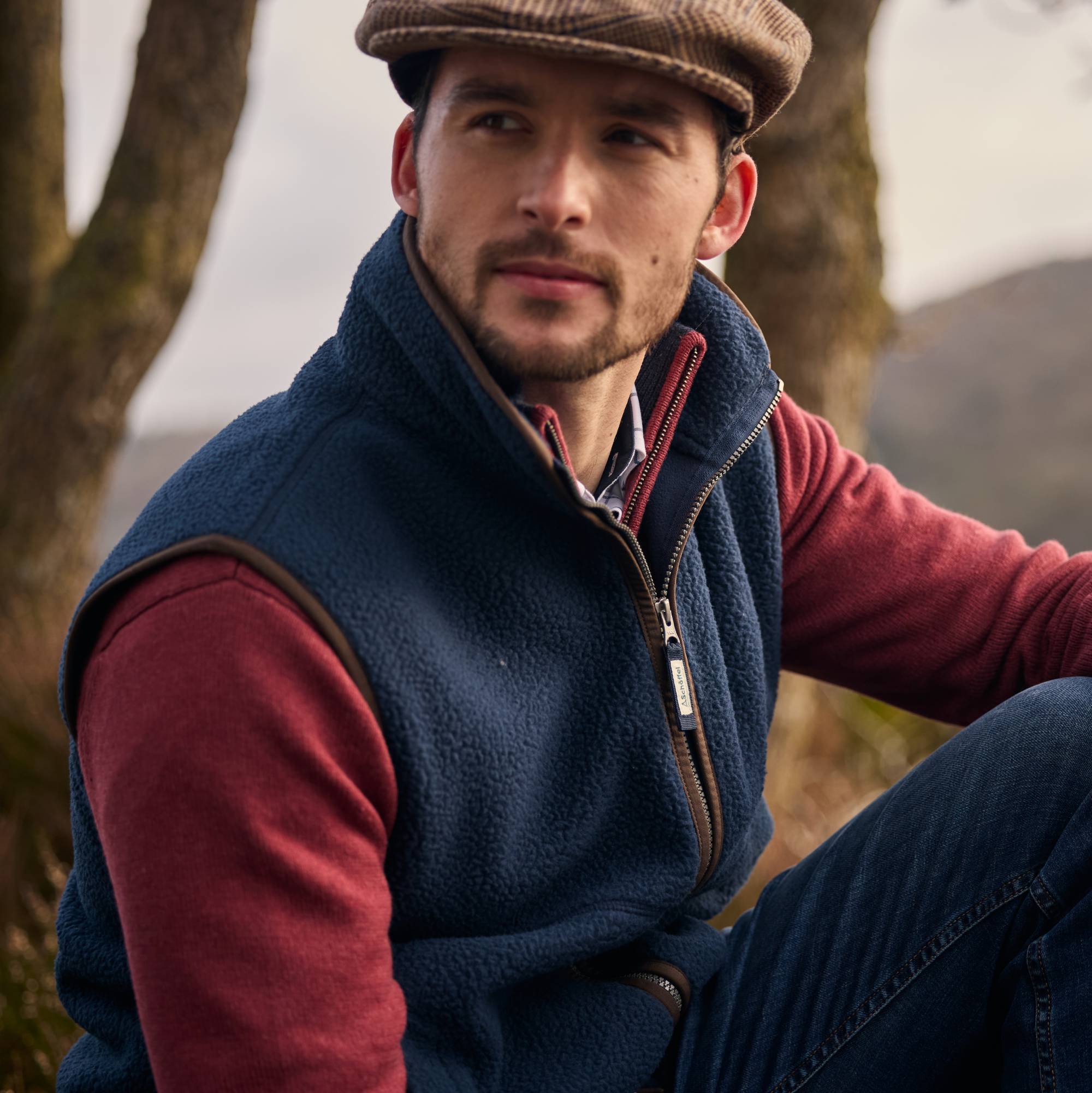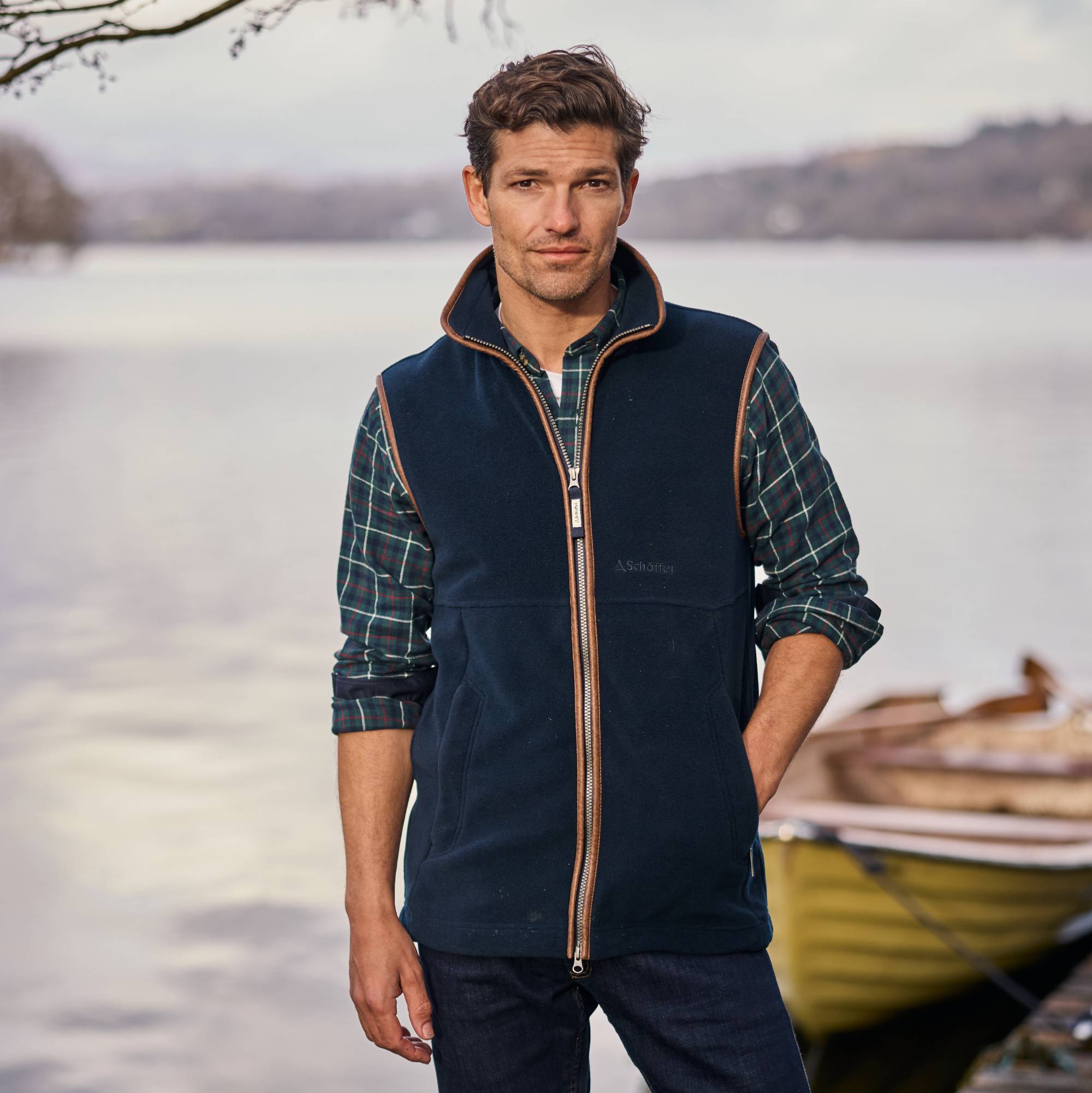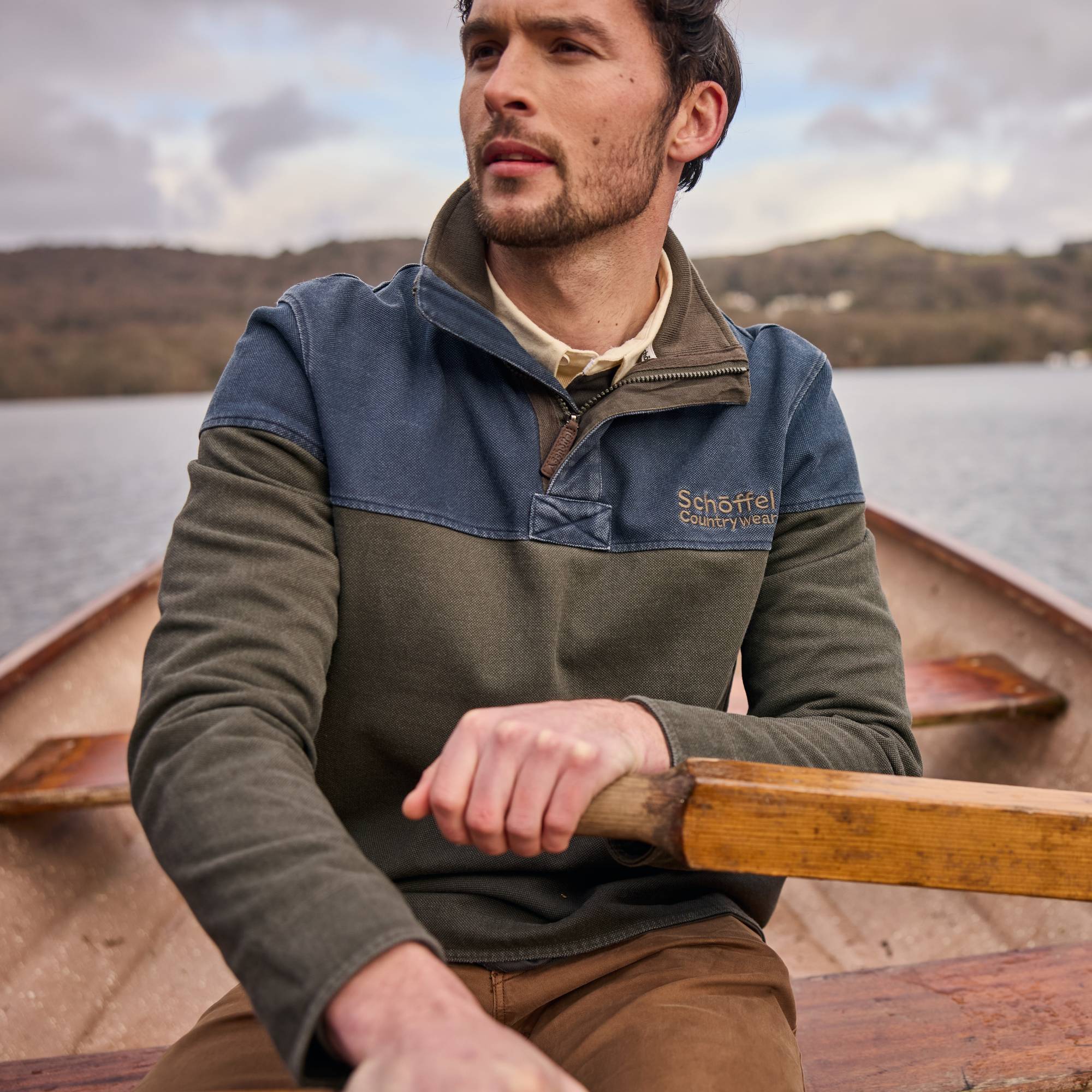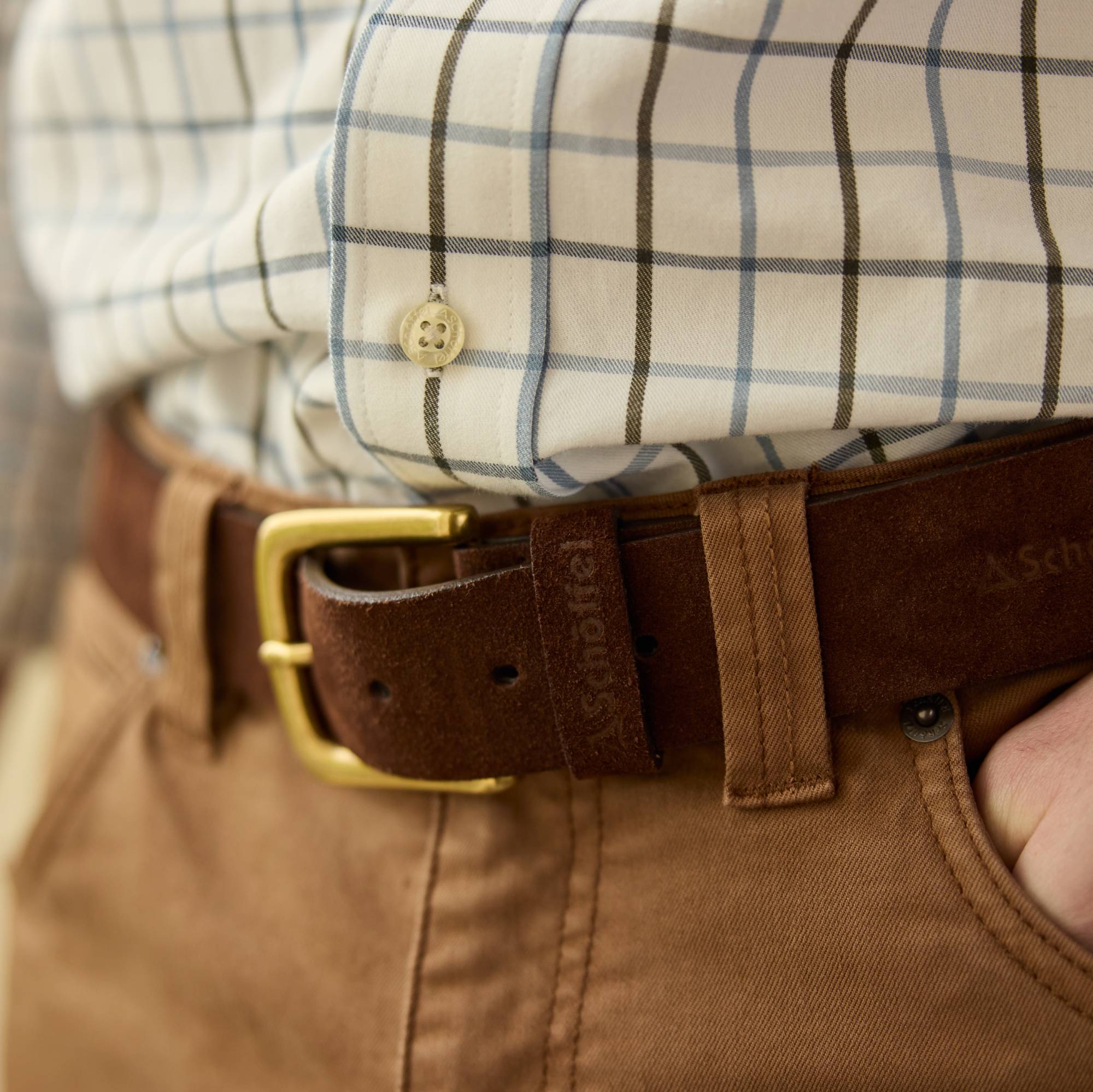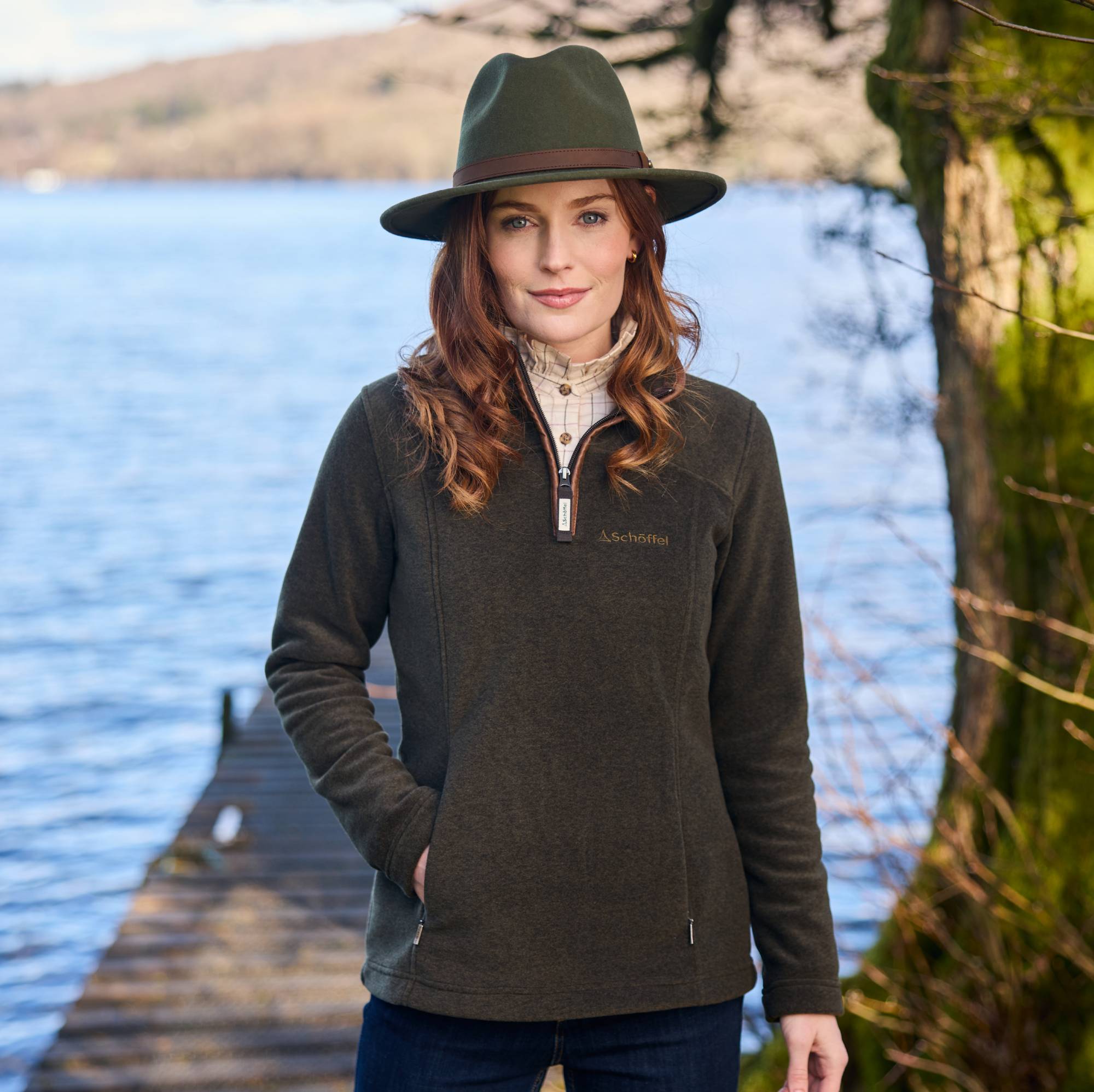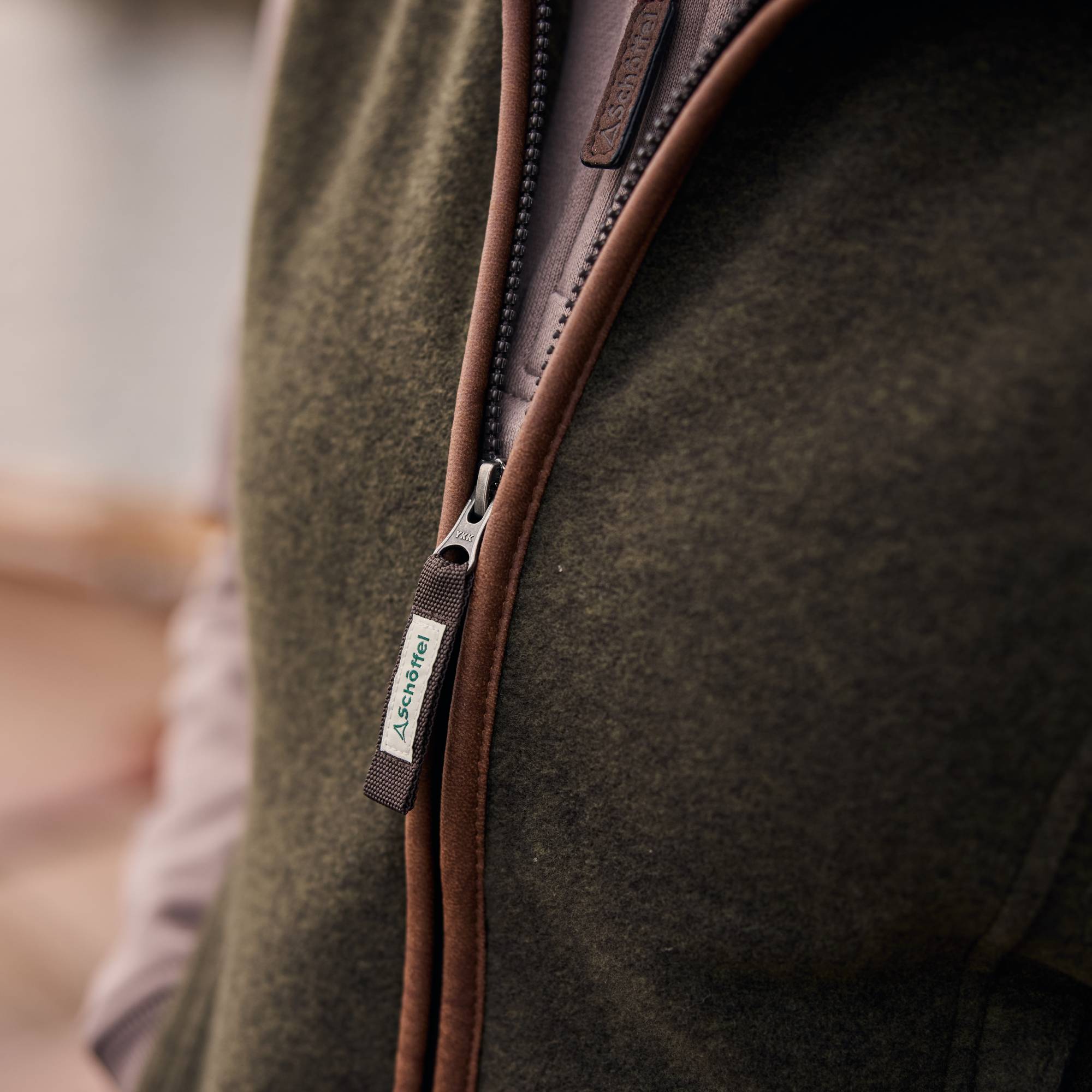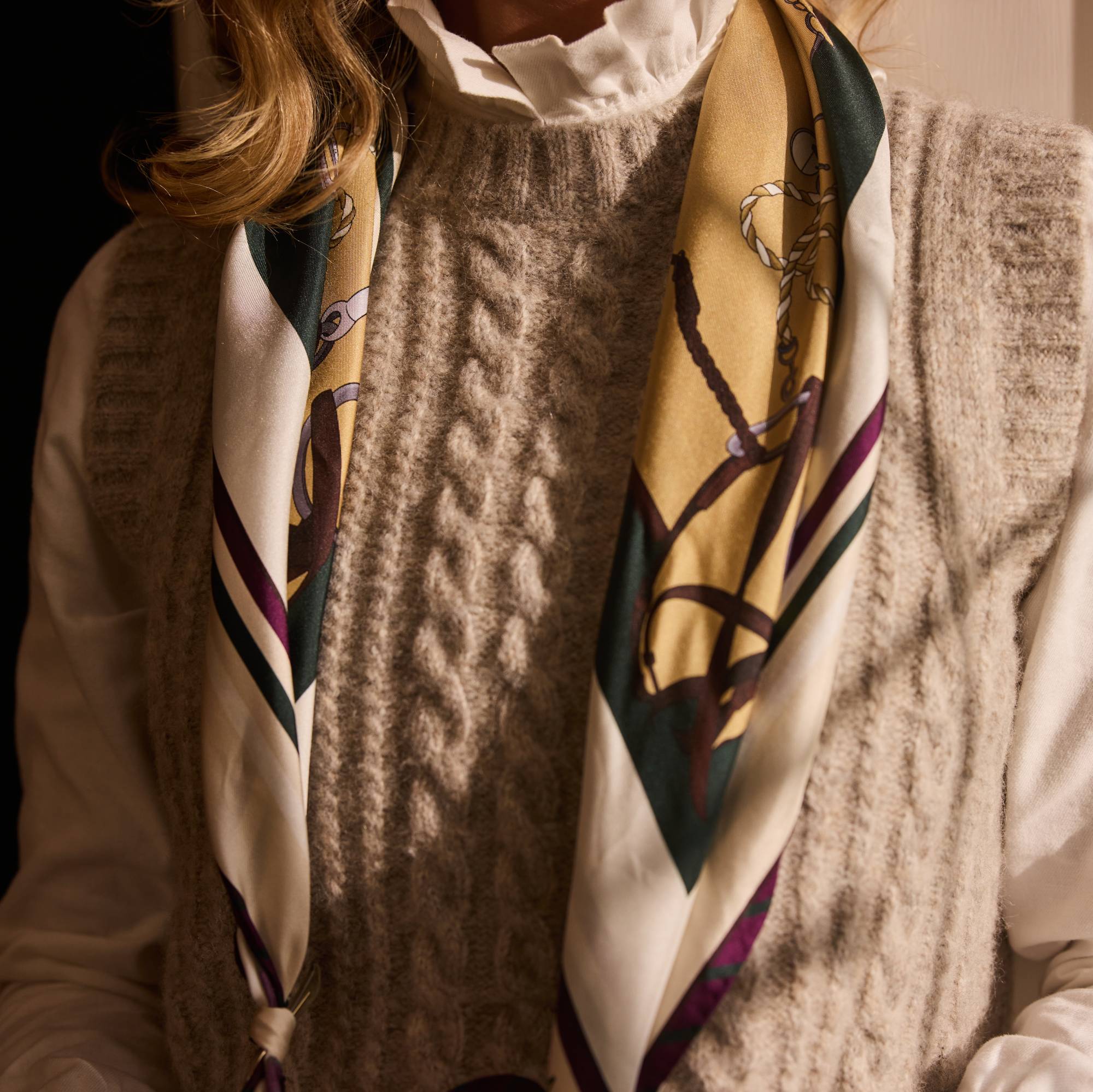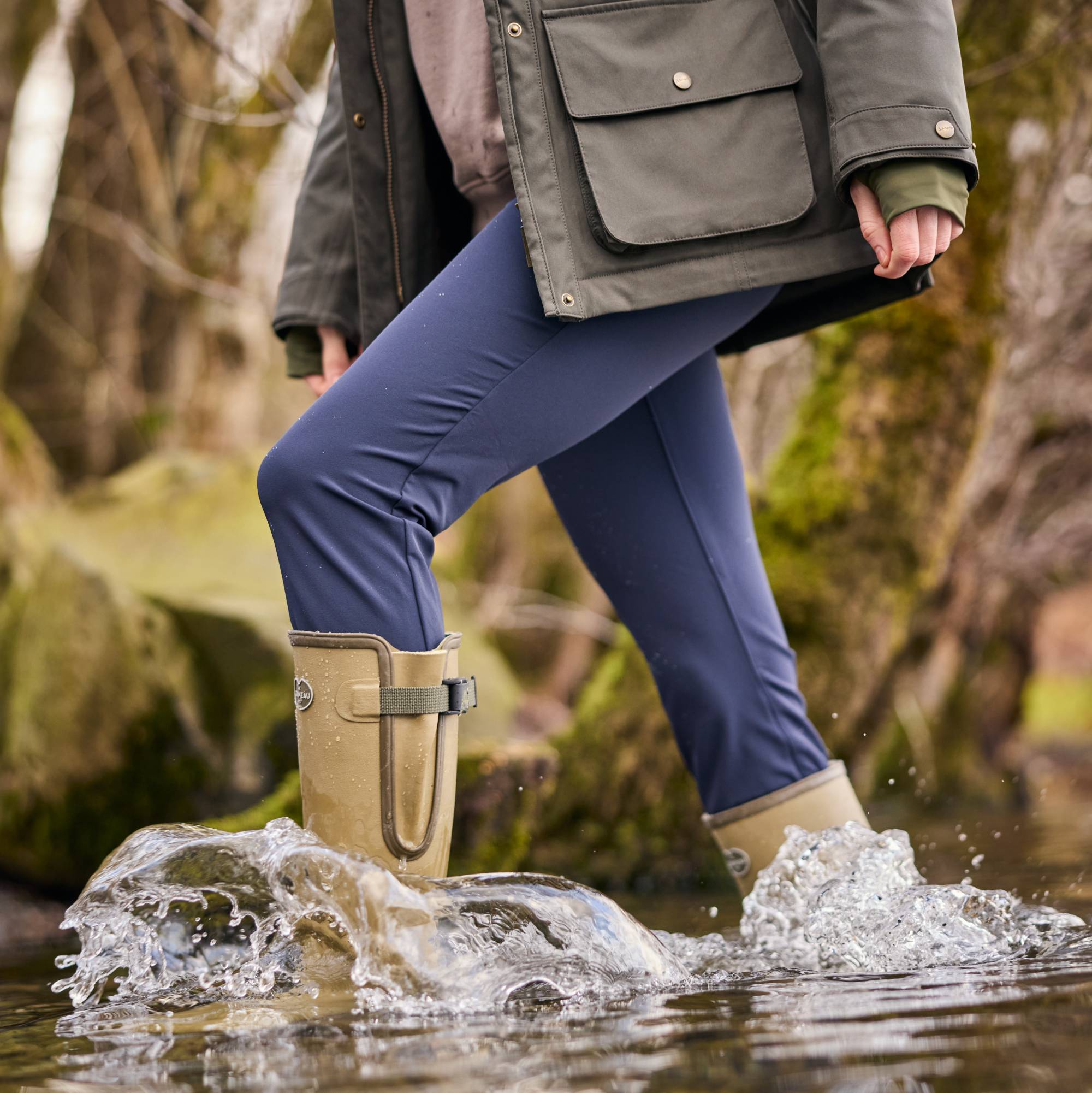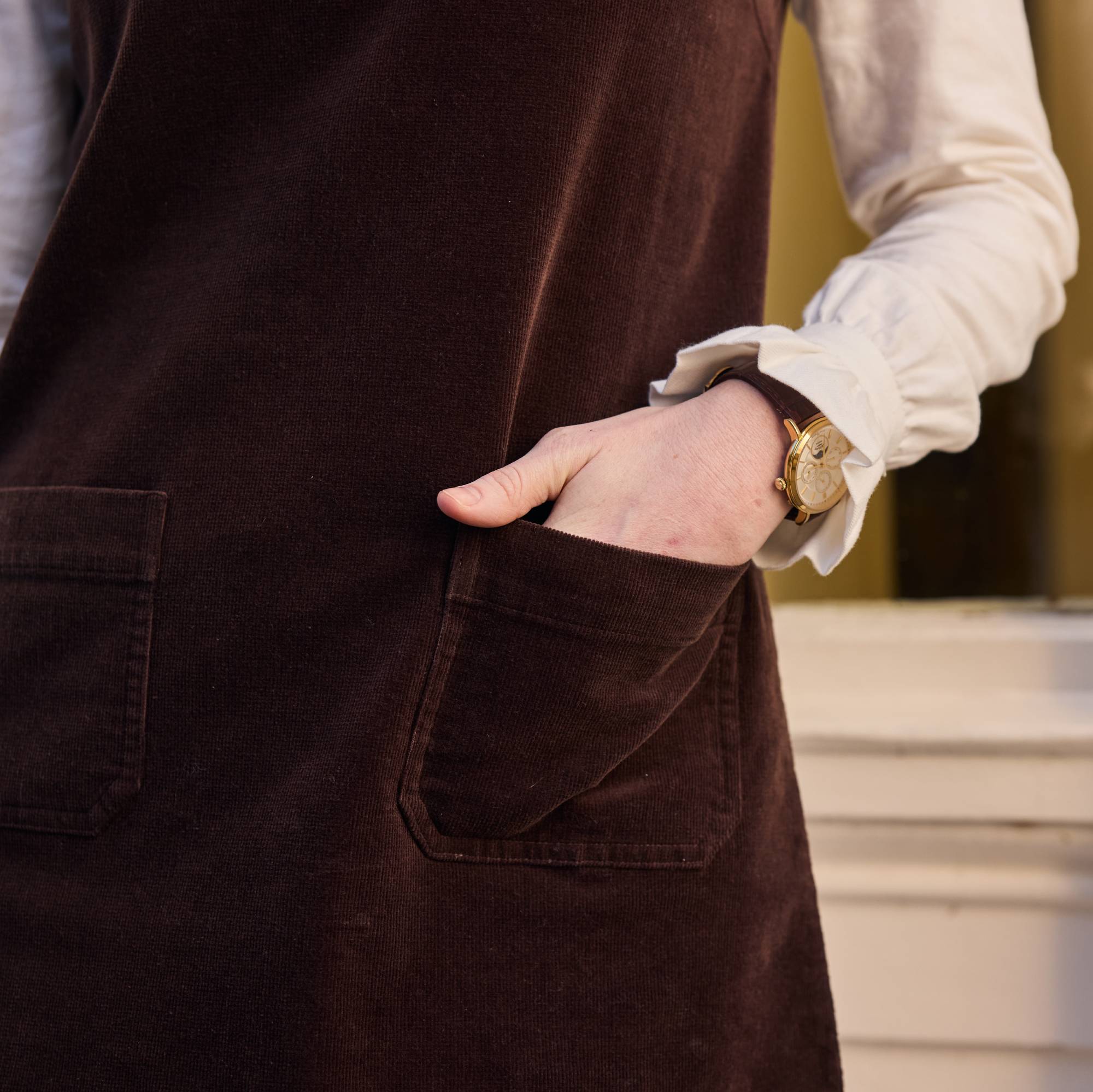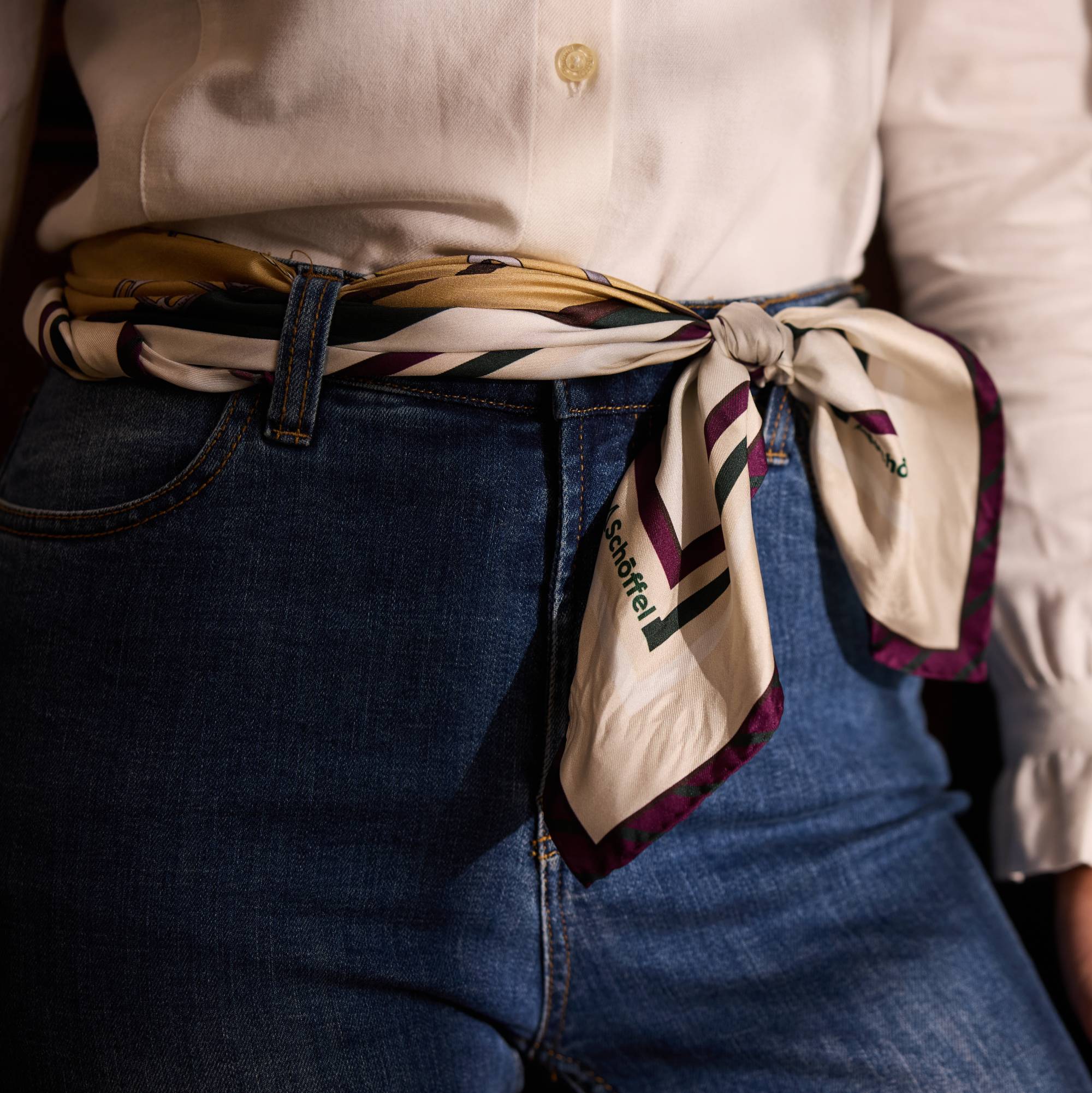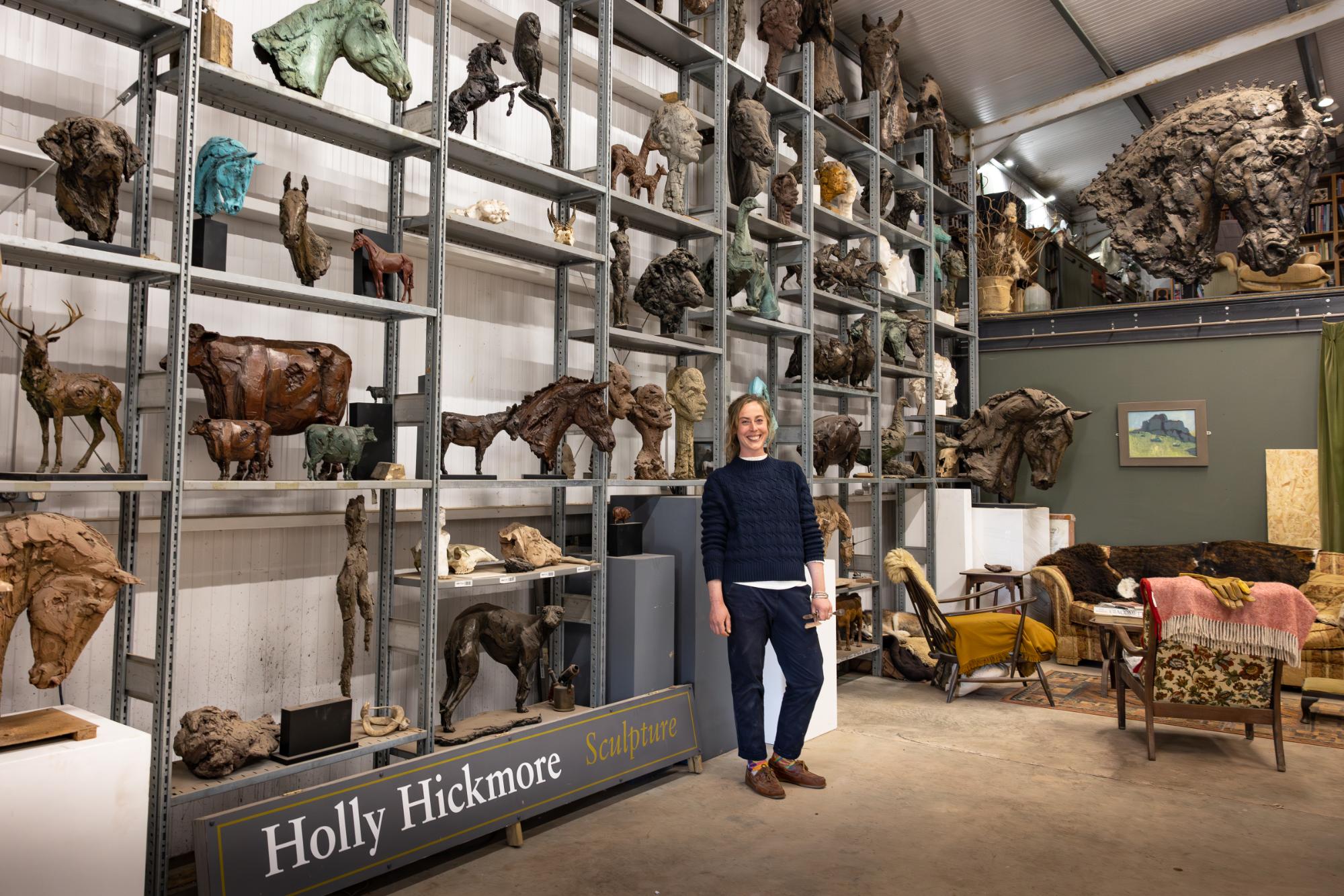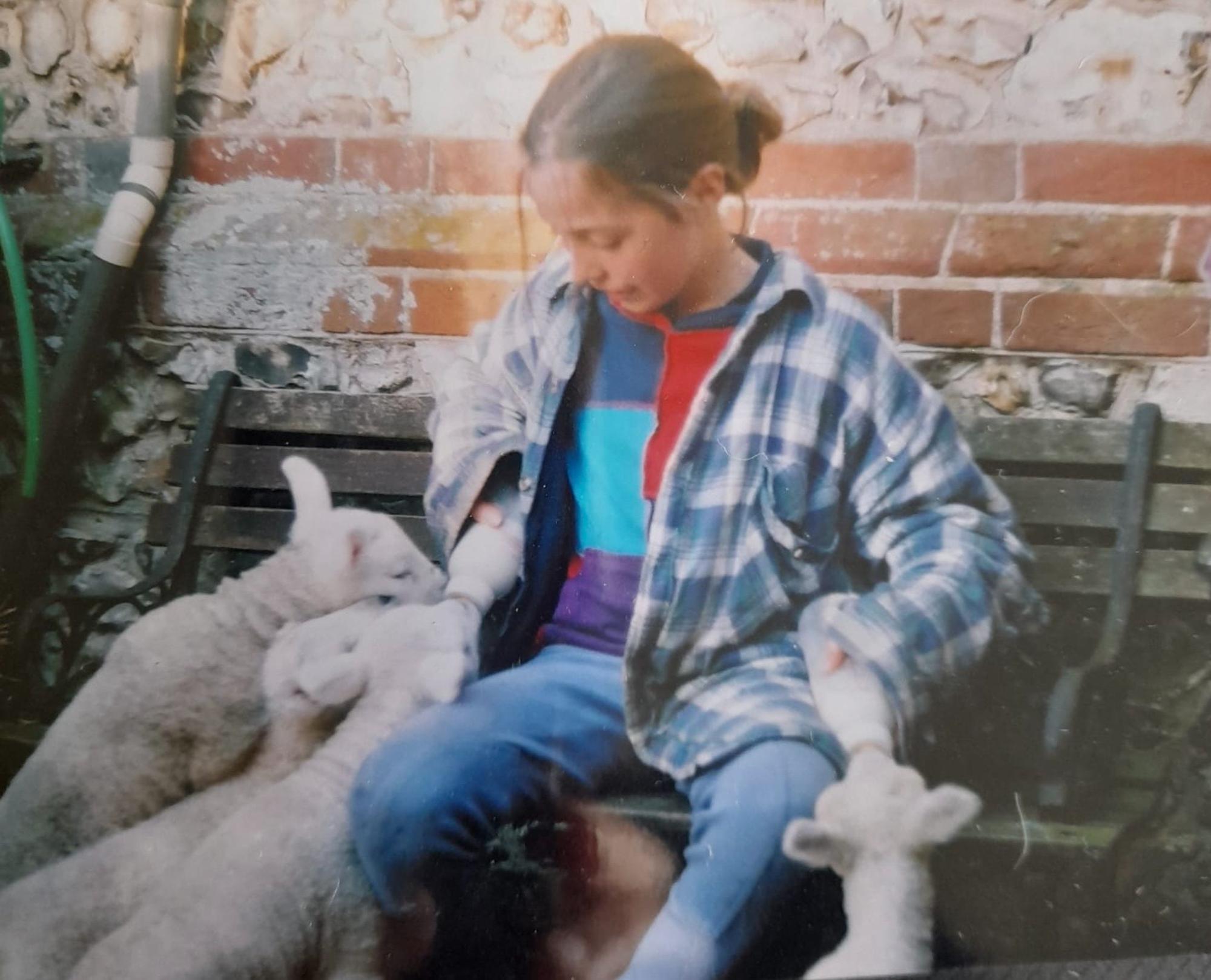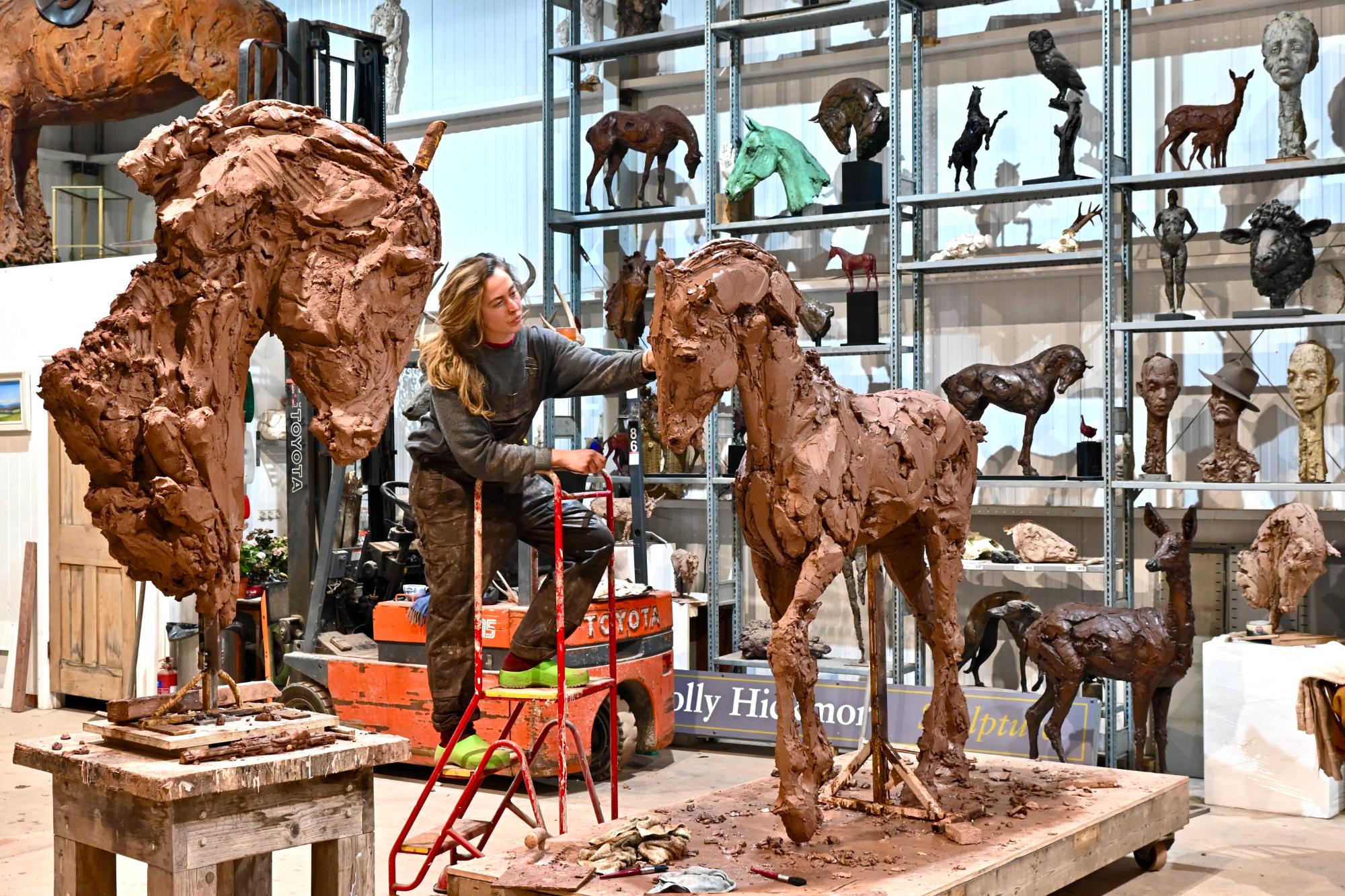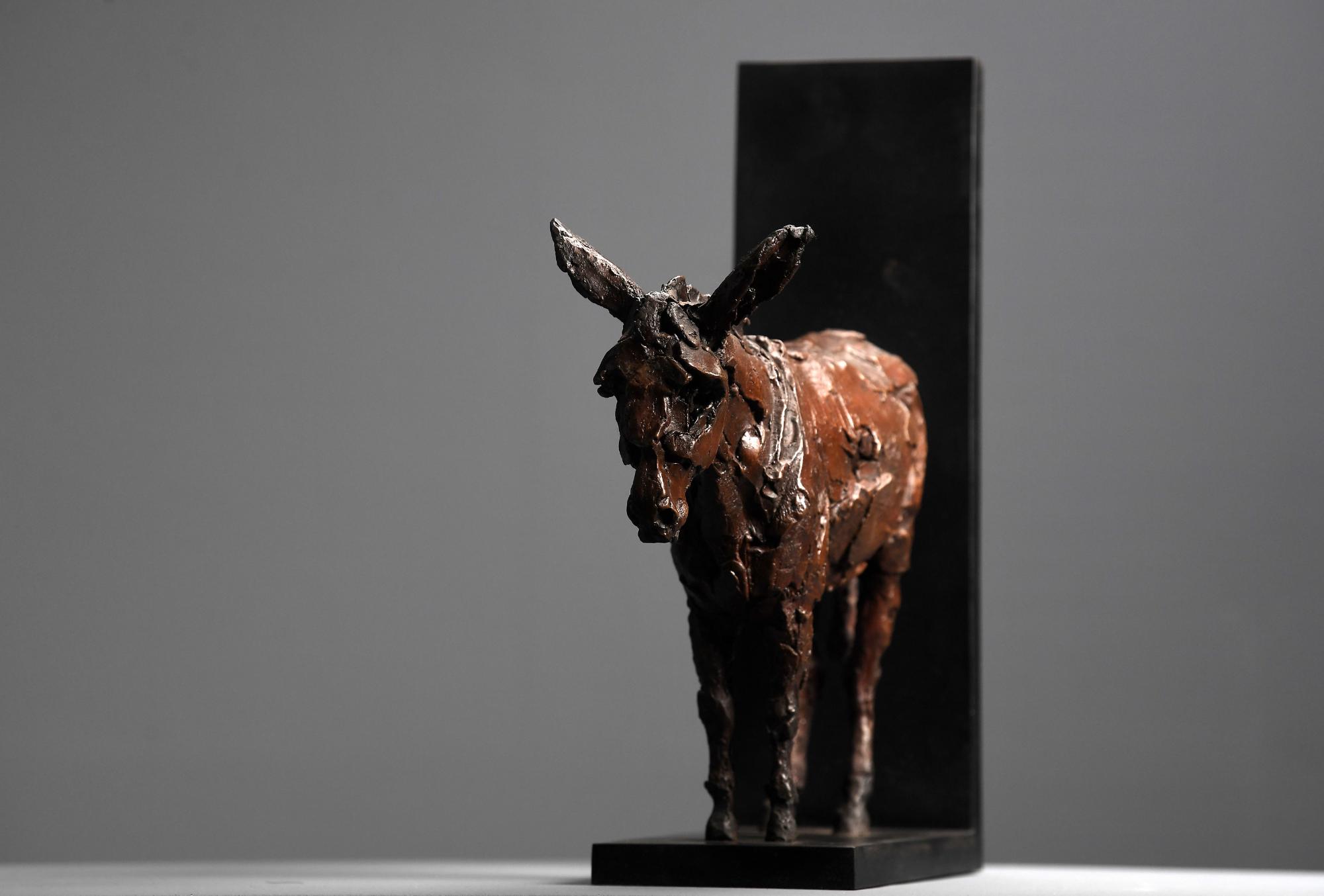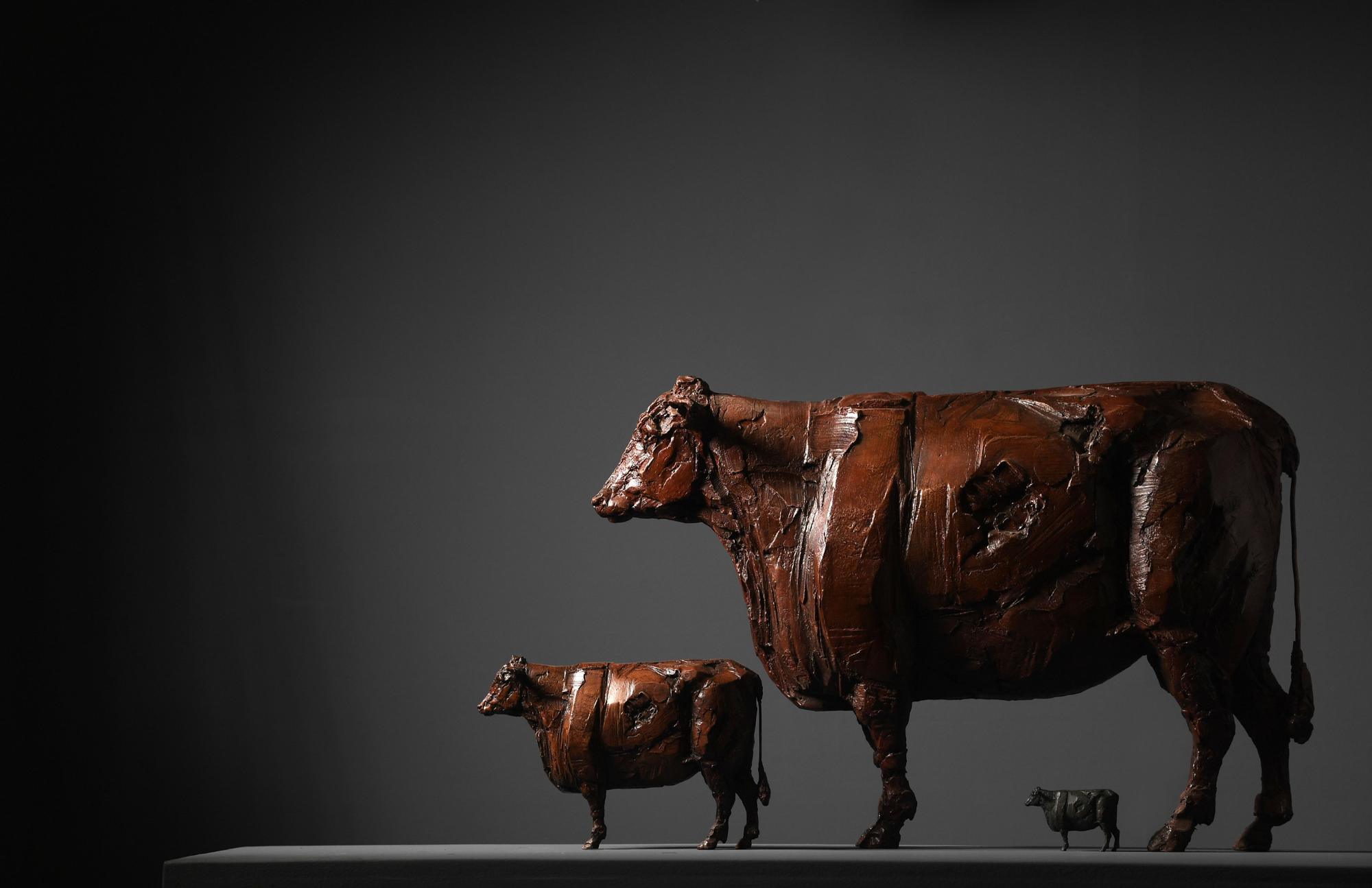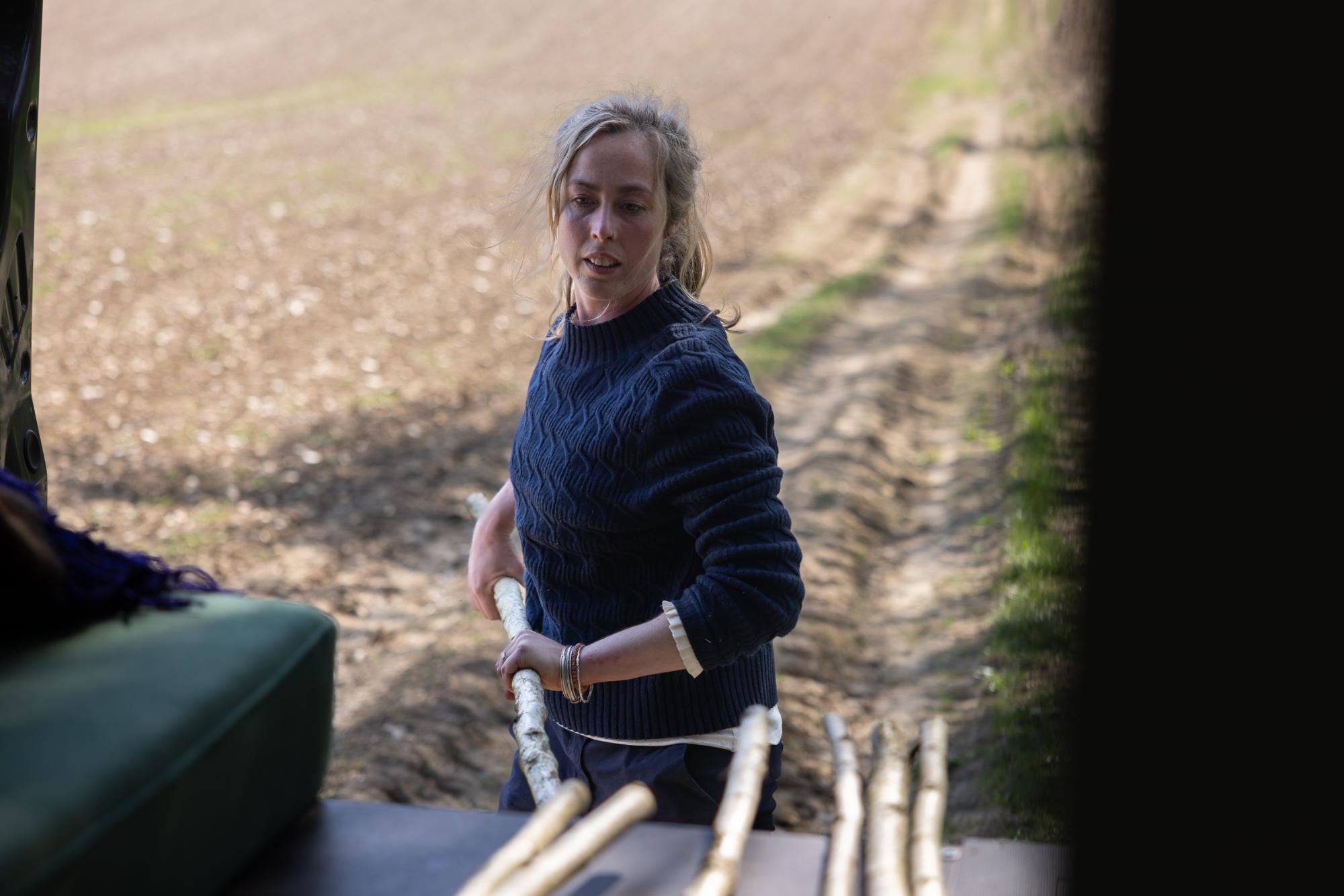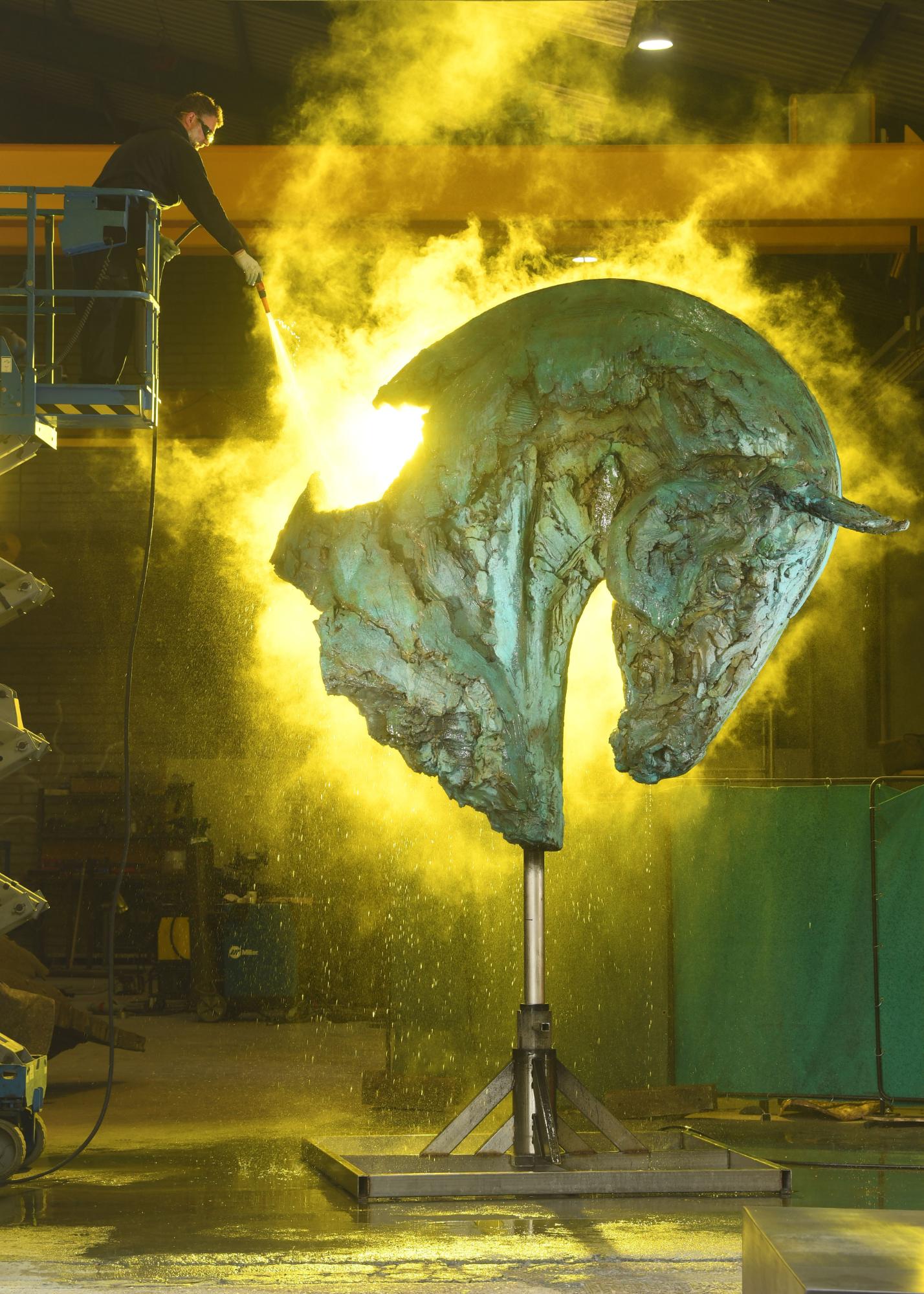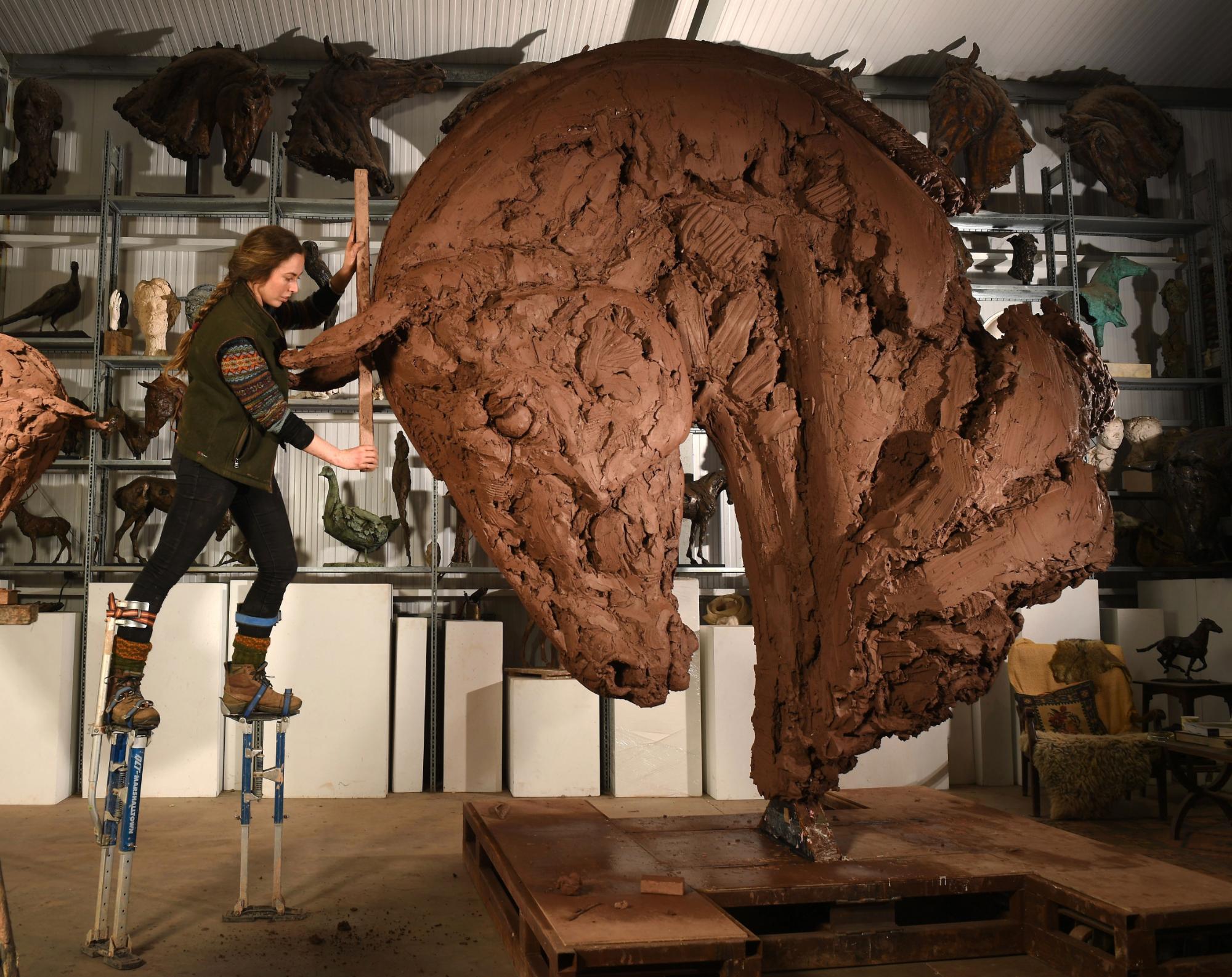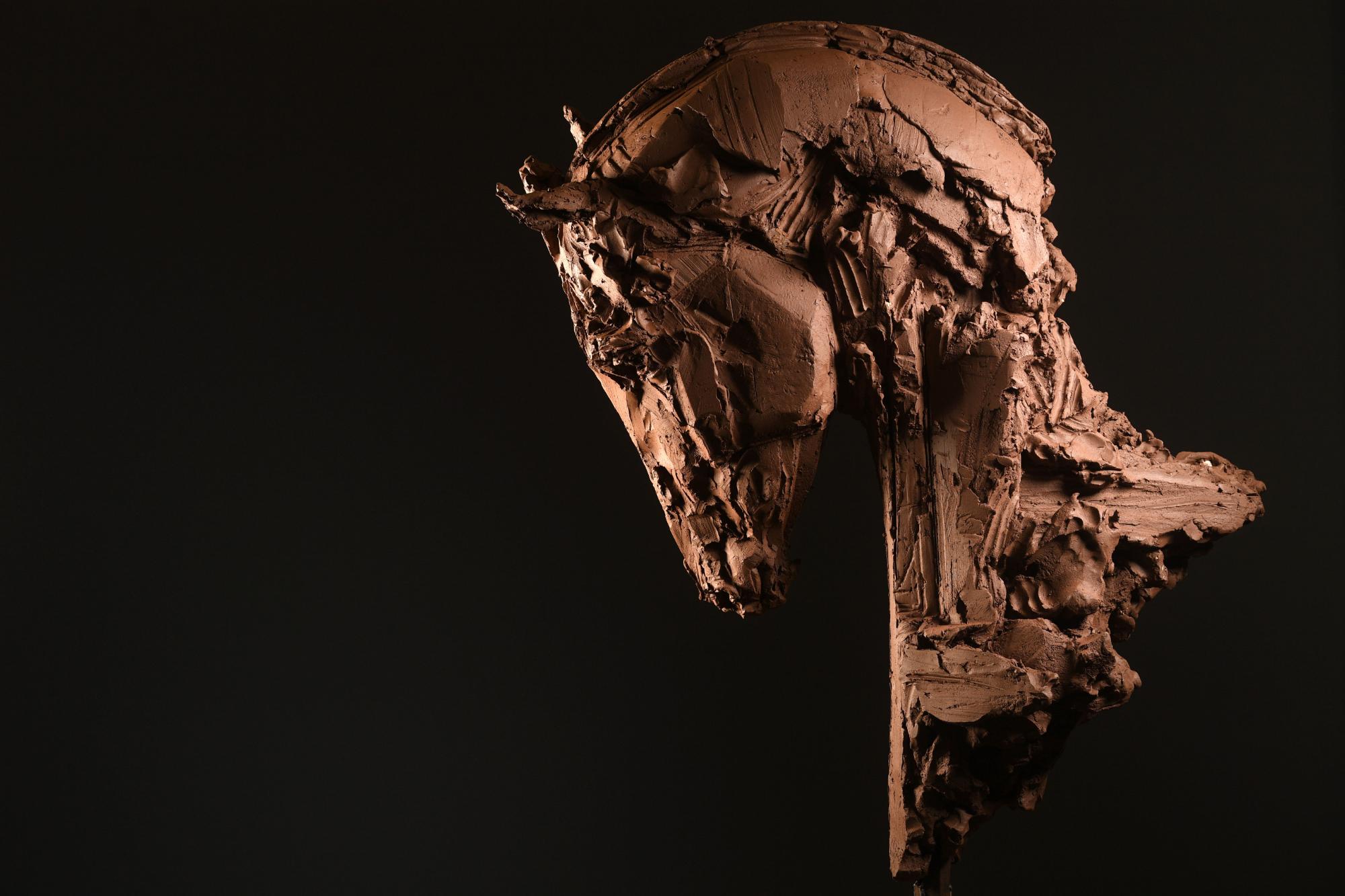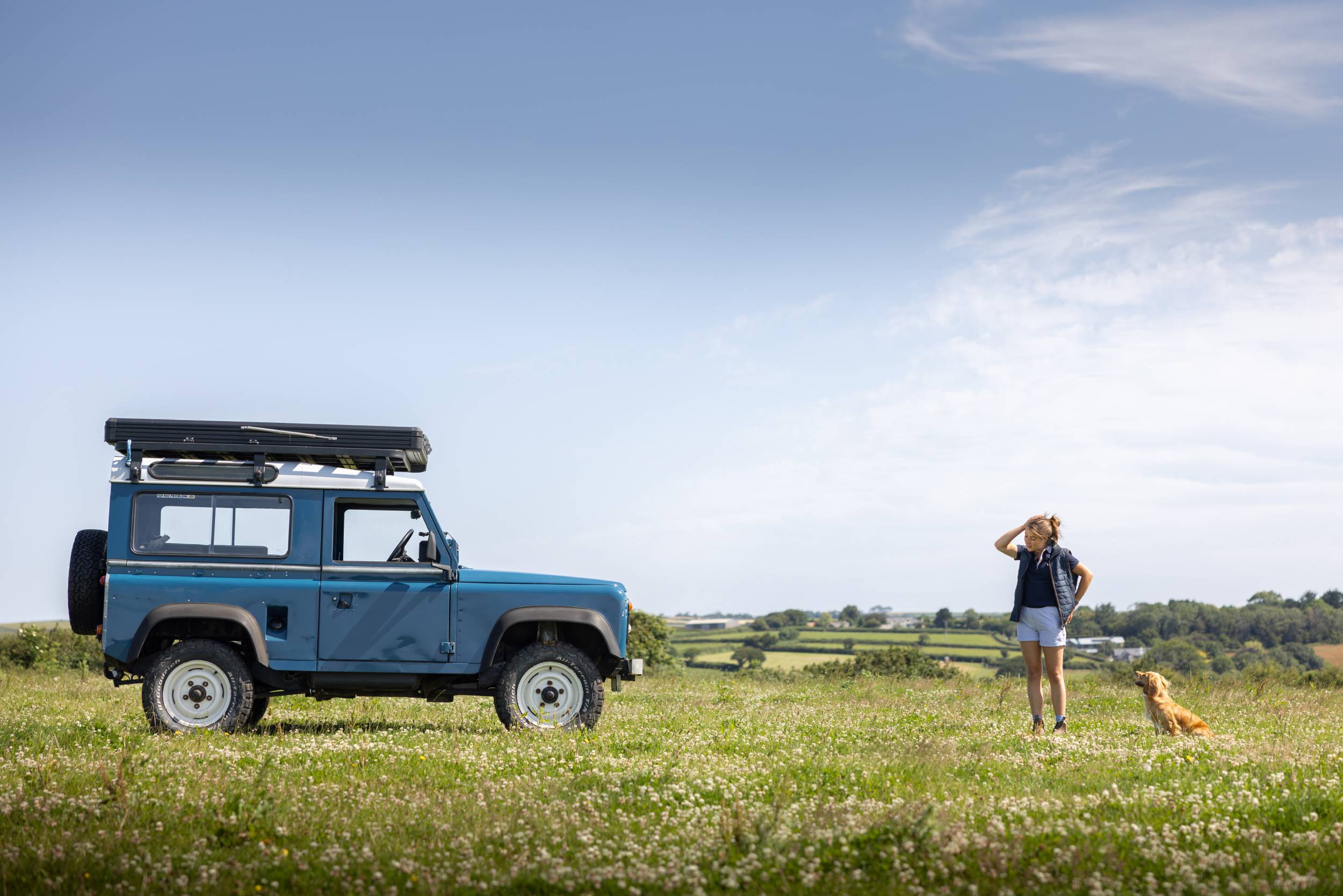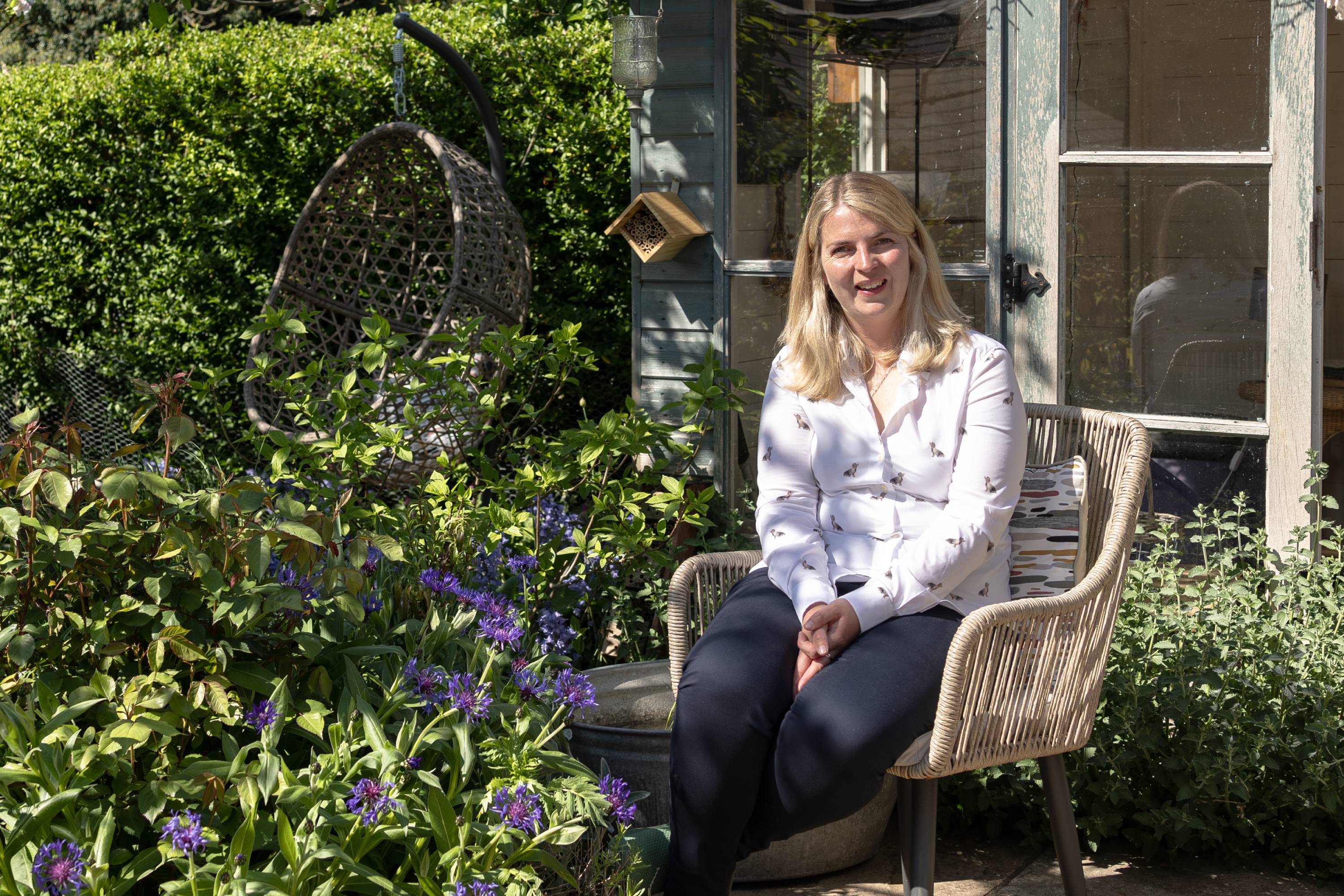
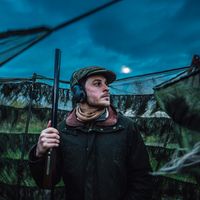
10 minutes with sculptor Holly Hickmore
From roe bucks and red stags to pigs, geese, horses, and all sorts in between, Hampshire-based sculptor Holly Hickmore finds much of the inspiration for her incredible work in the British countryside. We visited her to learn more...
Tell us a little about your background.
I was fortunate enough to grow up in a beautiful rural hamlet in the Meon Valley in Hampshire. We had a smallholding with affectionately named chickens, turkeys, pigs, sheep, goats, a terrifying goose, and eventually a pony. I suppose this is where my love for animals began. It’s a love that has always felt a part of me.
The countryside around me became my playground and I still feel very much the same way about it today. My time on horseback grew into a passion for showjumping, an all-consuming sport and something I pursued wholeheartedly before my aspirations shifted to strive for excellence away from the showjumping arena.
How and when did you first get into sculpture?
I’ve always felt that sculpture found me – I didn’t go out looking for it. I first really committed to the arts after college when I decided to continue my studies abroad at the Hungarian School of Art. I was searching for a classical training, a chance to work with different materials and learn the craftsmanship behind each stage of my discipline. I wanted to understand anatomy and study from the old masters. It was an incredible experience and one that has shaped me as an artist.
That said, my parents might argue it started earlier – they recently presented me, rather proudly, with a childhood sculpture set they found in the attic. I have to admit, some of the tools are surprisingly useful!
Describe the studio where you are now based.
I have set up my studio in West Meon, in the heart of the Hampshire countryside –incidentally, the very farm where I first learned to ride. It feels somewhat lyrical to have come full circle, back to a place that nurtured my childhood dreams and somewhere I’ve always felt drawn to. What was once an empty barn had that same gravitational pull – a huge, open space full of possibility. Although, it filled far quicker than expected; the work just seemed to grow alongside it.
The horses and wildlife surrounding the studio provide a constant source of inspiration, and over time the studio has become both a hive of activity and a kind of safe haven. I live on the farm, next to the barn, in a landscape I know well. It is a place marked with childhood memories of thrills and spills, and it is now made even more special by views across the Meon Valley and the church where my husband and I were recently married. He’s also a sculptor – my greatest support and hardest critic! To share this place with him, our horse and dog, blurs every boundary between work and play as I devote my life to sculpture, and I wouldn’t have it any other way!
What draws you to horses, livestock, and wildlife?
They’ve always felt like familiar company – creatures I’ve grown up alongside, observed quietly, sometimes from a distance, sometimes nose-to-nose. I’m drawn to their unspoken language, the way they move through the world with such presence, completely themselves. There’s no artifice and something grounding in their rhythms, something honest. I can understand them better by making, by doing, by sculpting. They offer endless stories and ways of expressing ideas without saying a word.
What are you trying to achieve through your work?
I suppose it’s a combination of trying to create a visual equivalent of what it feels like to spend time with my subject. Whether a horse or a deer, for example, it’s a dialogue between their personality and behaviours, through my observations and feelings. Moreover, those less easily definable things that happen between those applied thoughts and ideas that evolve in the studio – to create a felt response and hopefully a finished sculpture that reflects my experiences, ideas or discoveries.
How do you gather reference material or inspiration for your work?
Inspiration comes from many places – sometimes it’s sparked in the studio through play and process, other times it comes through active study or pure chance. One of my favourite ways to gather reference material is out riding. The countryside surrounding my studio is rich with wildlife, and being on horseback allows me to observe animals without disturbing them. Similarly, getting out on the water in our canoe or spending time in our converted 4x4 van which we use as a mobile hide and studio, lets me get close to more elusive wildlife without disturbing them. It gives me the chance to sketch or photograph in the field, and even work from life when conditions allow – something I’m always striving for. Mostly it’s about spending time with the chosen subject.
Briefly run us through the different stages of producing a sculpture.
It starts with an idea; something often explored through various maquettes/ working studies before scaling up. I weld up a steel framework, put on my favourite playlist and start work in clay. When the sculpt is complete, it starts a journey of its own to be cast in bronze. A team of master craftsmen will create a mould from my piece, using the lost wax process, an ancient casting technique, to transform the work into bronze before patination.
The result is a timeless material – a shared endeavour and something that will last for generations. The phrase ‘no one can whistle a symphony. It takes a whole orchestra to play it’ always comes to mind when considering the number of skilled hands behind each piece.
Tell us about your largest piece to date and the challenges faced when working on it?
Artemis is my largest piece to date, standing at four-and-a-half metres tall. Creating the piece was both a creative dream and a physical challenge. Simply gaining access to different areas of the sculpt pushed me to get inventive. I started with ladders and scaffolding which I found frustrating and restrictive. Eventually I used stilts, which gave me the freedom to move around the piece at height with much more ease and control.
Working on that scale meant embracing mechanical support – forklifts, gantries, pulleys. With those tools, I felt as though I suddenly had the strength of ten people behind me. It was powerful. There’s something incredibly satisfying about working at that scale – not only did it shift the way I work, it shifts the perspective of the viewer to give the work a whole new sense of gravitas, creating a new level of ambition in my practice.
What are your ambitions going forward?
There is energy building for another monumental sculpture, continuing the Olympian series, ‘Gaia’. I imagine a six-metre piece themed around the Mother Earth, a pre-Olympian.
I’m not sure if my stilts will be tall enough for this one – maybe a climbing harness will be necessary, time will tell…
And finally, where can your work be found?
I’m represented in galleries across the UK, Europe, and USA. Each piece is available as part of a limited edition – if you would like a catalogue, please don’t hesitate to get in touch.
